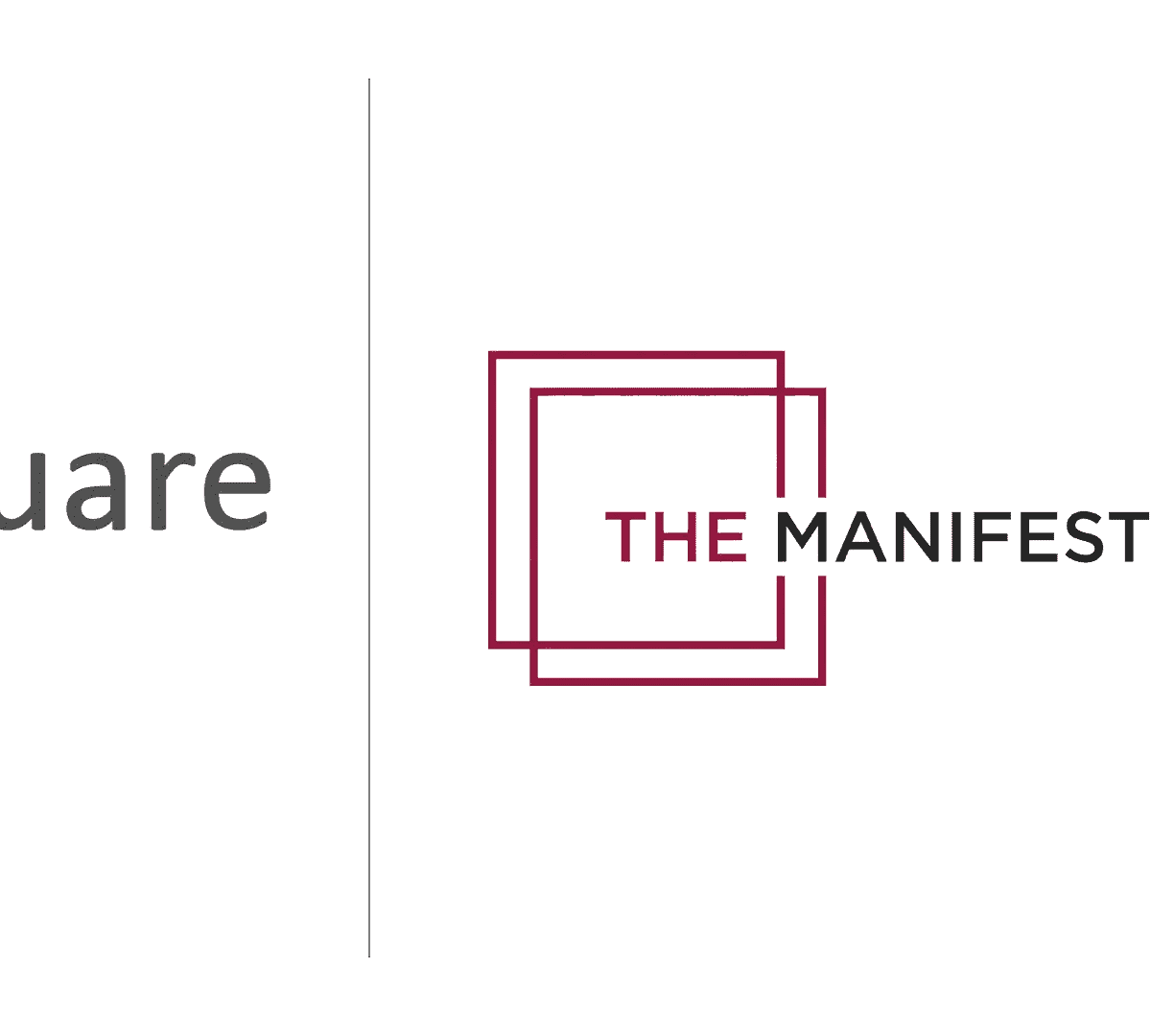AWS Outage Highlights a Hard Truth: Resilience Isn’t Optional
On October 20, AWS experienced another regional disruption; this time in the heavily used US-EAST-1 region. While outages like this are relatively rare, they shine a light on a critical question for every organization operating in the cloud:
Are you truly architected for resilience, or just hoping for the best?
At unosquare, where we partner with enterprise teams to build scalable, cloud-native platforms, we believe incidents like this are a call to action. They force us to rethink assumptions, revisit our architectures and prioritize resilience throughout the entire product lifecycle.
Are You Building for Cloud Resilience?
Let’s face it: no cloud provider guarantees 100% uptime. But that doesn’t mean your business should grind to a halt when a major region goes down.
Here are three proven approaches we guide clients through at unosquare:
1. Embrace Multi-Region Design
If your infrastructure is tightly coupled to one AWS region – especially US-EAST-1 – you’re assuming more risk than necessary.
Here’s what a multi-region strategy can look like:
- Distribute services across multiple regions to reduce single points of failure.
- Use automated failover and data replication tools to maintain availability.
- Quantify risk by modeling potential downtime and its business impact—then make decisions based on real data.
While multi-region deployment comes with cost and complexity trade-offs, it’s often well worth it when the alternative is a complete business outage.
2. Consider a Multi-Cloud Strategy
Going multi-cloud – using providers like AWS, Azure, and GCP together – can further reduce dependency on any single ecosystem. But beware: this approach adds operational complexity and isn’t for every team.
Key things to keep in mind:
- Don’t chase cutting-edge features from one provider at the cost of portability.
- Design for cross-provider compatibility, not just performance.
- Evaluate DevOps capacity – multi-cloud means more tooling, monitoring and skill coverage.
unosquare’s Cloud Center of Excellence helps clients weigh these pros and cons and implement where it makes sense.
3. Hybrid Cloud and On-Prem Fallbacks
Some organizations still use on-premises data centers as a fallback plan. That can be a smart buffer – if it’s architected properly.
However, be cautious:
- On-prem infrastructure can run out of capacity fast during a major failover.
- IT teams are already stretched thin during outages, adding on-prem recovery to their plate might strain resources.
- Syncing cloud and on-prem workloads requires careful planning and frequent testing.
The takeaway? Hybrid fallback is viable, but only when treated as part of your active resilience strategy.
So, What’s the Deal with AWS US-EAST-1?
It’s no secret that AWS’s US-EAST-1 region has become a frequent source of disruption. The architecture of that region (especially its shared control plane) has made it particularly fragile.
And while AWS has made strides to decouple services and improve reliability, many outages still seem to trace back to this region.
Our take?
It’s time for organizations to treat US-EAST-1 as a strategic risk, not just a default choice. At the very least, build architectures that don’t depend solely on that region.
Better yet, start exploring alternative resilient zones like AWS’s European sovereign cloud or isolated regions purpose-built for regulatory and operational independence.
Final Thoughts: Cloud Outages Are Rare, But Readiness Is Essential
Cloud has come a long way from the days of monthly co-located data center outages. But when things go wrong, they often go wrong in a big way.
What we learned on October 20 is this:
- Cloud-native doesn’t mean immune.
- AWS is powerful, not invincible.
- You are responsible for your resilience.
Our Cloud Center of Excellence helps teams navigate this complexity; whether that means cloud-native transformation, multi-region architecture or just building a smarter pipeline for deployment and recovery.
Is Your Cloud Strategy Resilient Enough?
Let’s talk. Whether you’re reevaluating your AWS setup, considering multi-cloud or building toward a more robust cloud-native architecture, unosquare can help.
- Book a 30-minute cloud resilience consultation
- Get actionable recommendations from our cloud experts
- Start building infrastructure that bends—but doesn’t break




